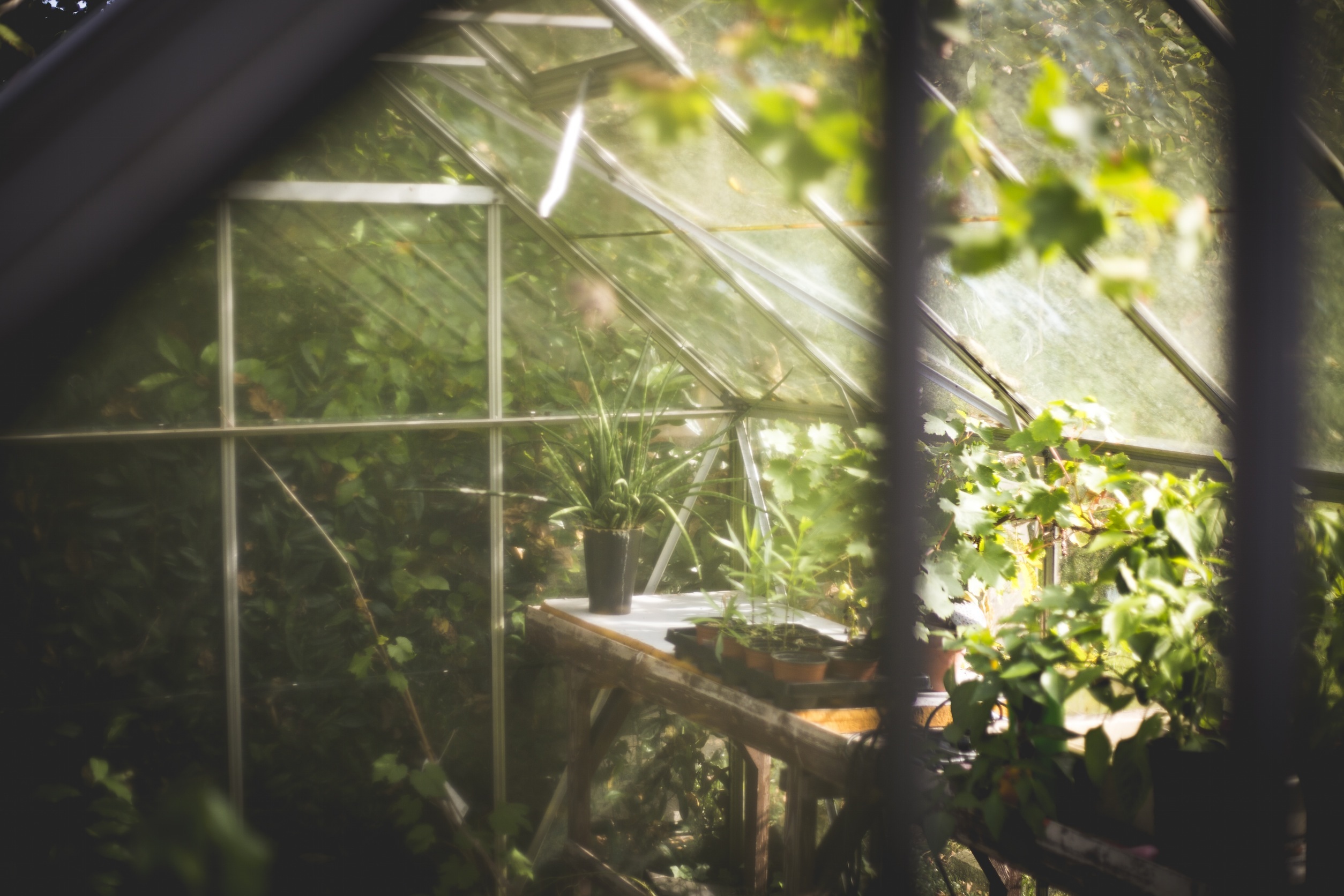Have you ever noticed that after a good thunderstorm plants seem especially vibrant, lush and refreshed? Not only is it from the nice drink of water they received, but also the nitrogen-fixing lightning that occurs during a thunderstorm.
Though air is made up of 78% nitrogen, this atmospheric nitrogen is not readily available to plants, except when it’s converted or “fixed” by lightning. Most plants and grasses absorb nitrogen from the soil in the form of ammonium (NH4) or nitrate (NO3) but are unable to absorb atmospheric nitrogen (N2). Lightning is responsible for between 5-8% of all nitrogen fixation.
So how does lightning “fix” the nitrogen in the air? The intense electrical charges that occur during a lightning storm cause the nitrogen molecules to cling to the the oxygen molecules, forming nitrogen oxides. The nitrogen oxides readily dissolve in water to produce nitric and nitrous acids which can then rain down on the leaves of plants and into the soil.
This is another reason it is a great idea to collect as much rainwater as possible, through rain barrels, for example, for use on garden plants. By watering with rain water you are also giving your plants a natural boost of nitrogen.
To find locally grown food grown without the use of industrial Ammonium Nitrate, check out Pick-A-Pepper.com!
Similar Stories:
- What is in rain and snow?
- ADAPTING YOUR POND TO CLIMATE CHANGE
- How To Grow Stevia and Make Your Own Extract
- Scientists have found a way to pull water from the air using only energy from the sun
- The Low-Down on Bean and Pea Inoculant




